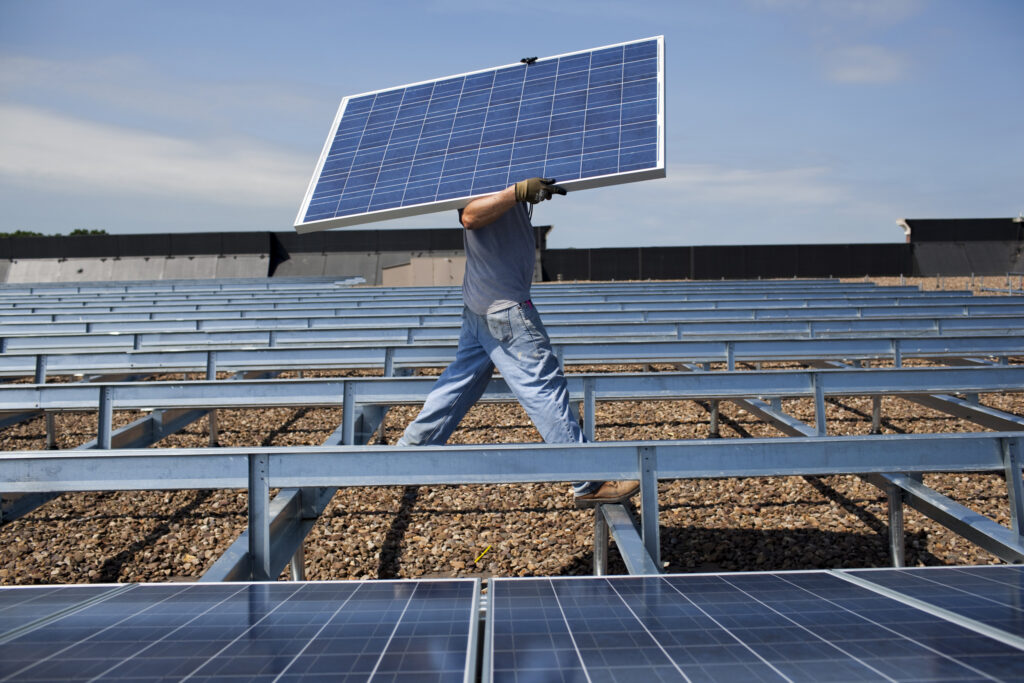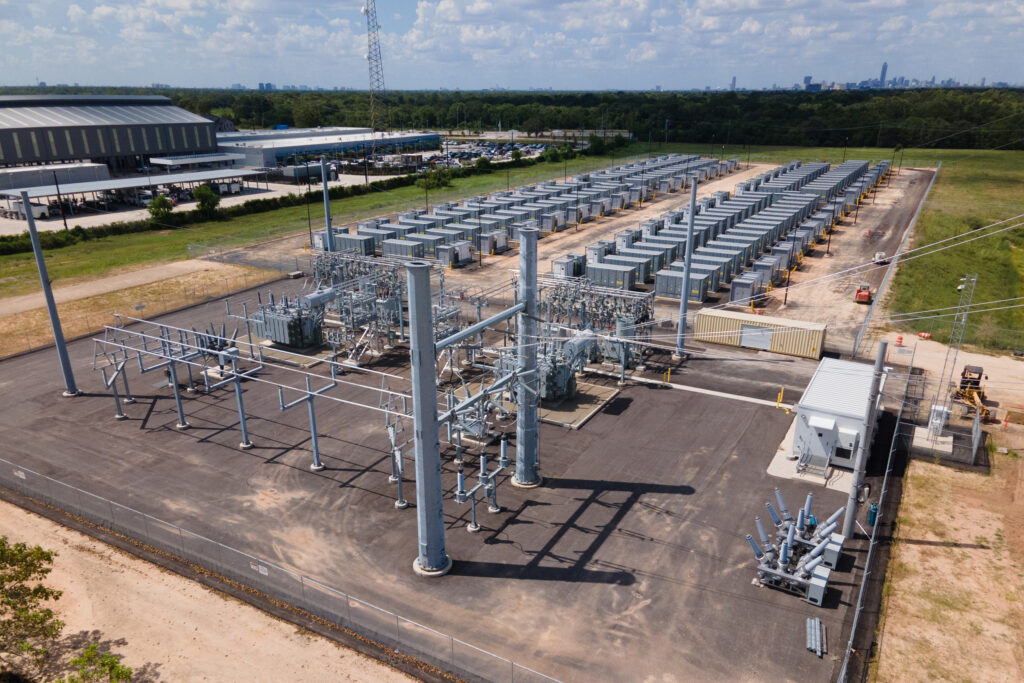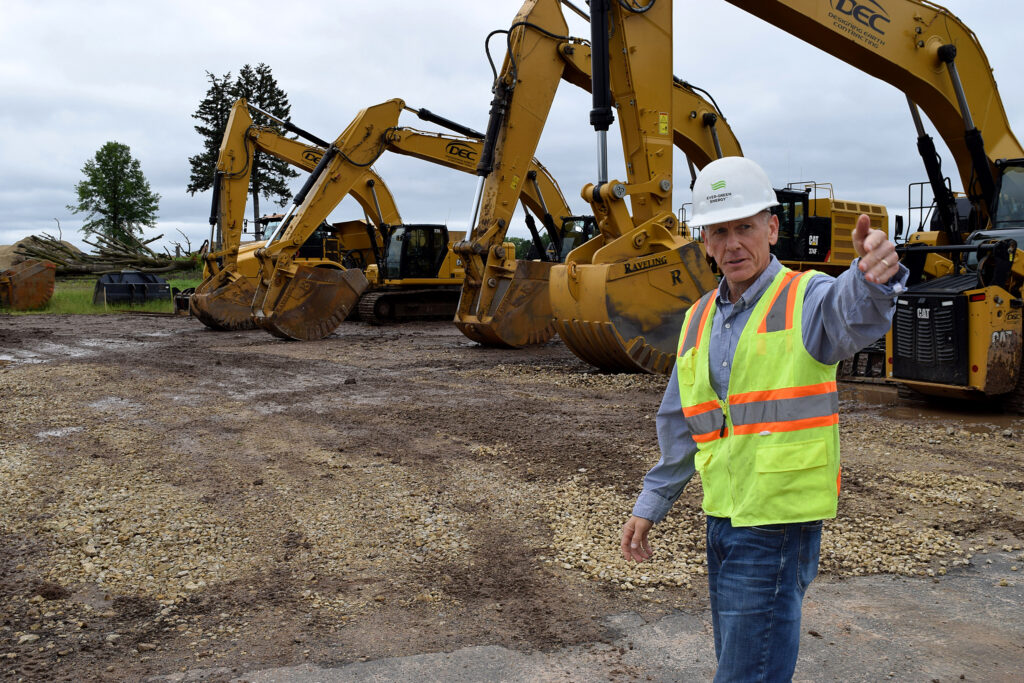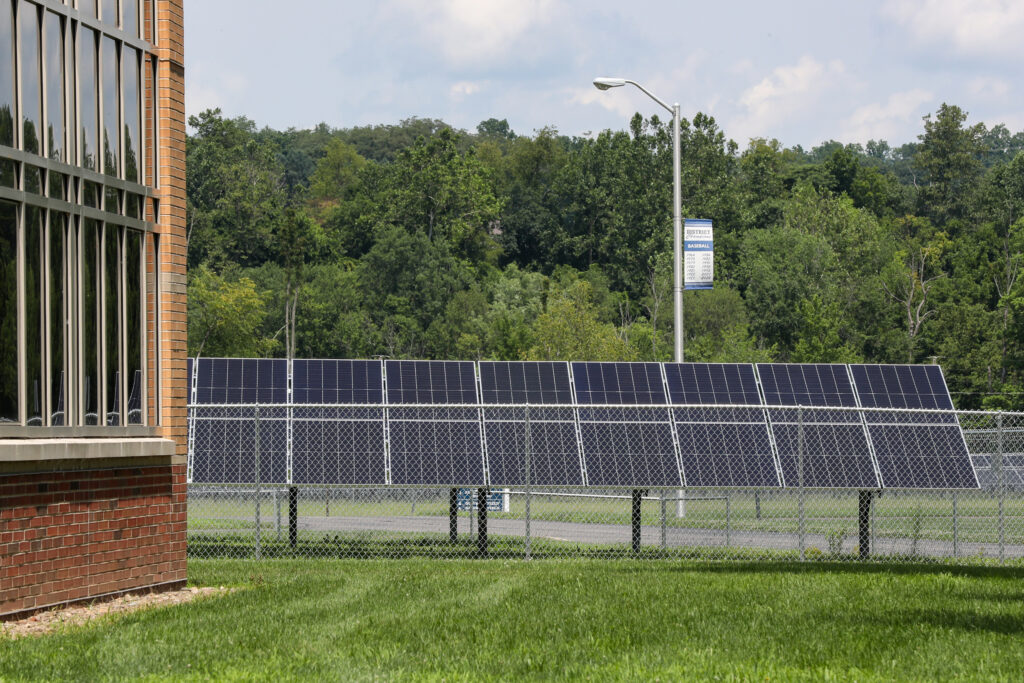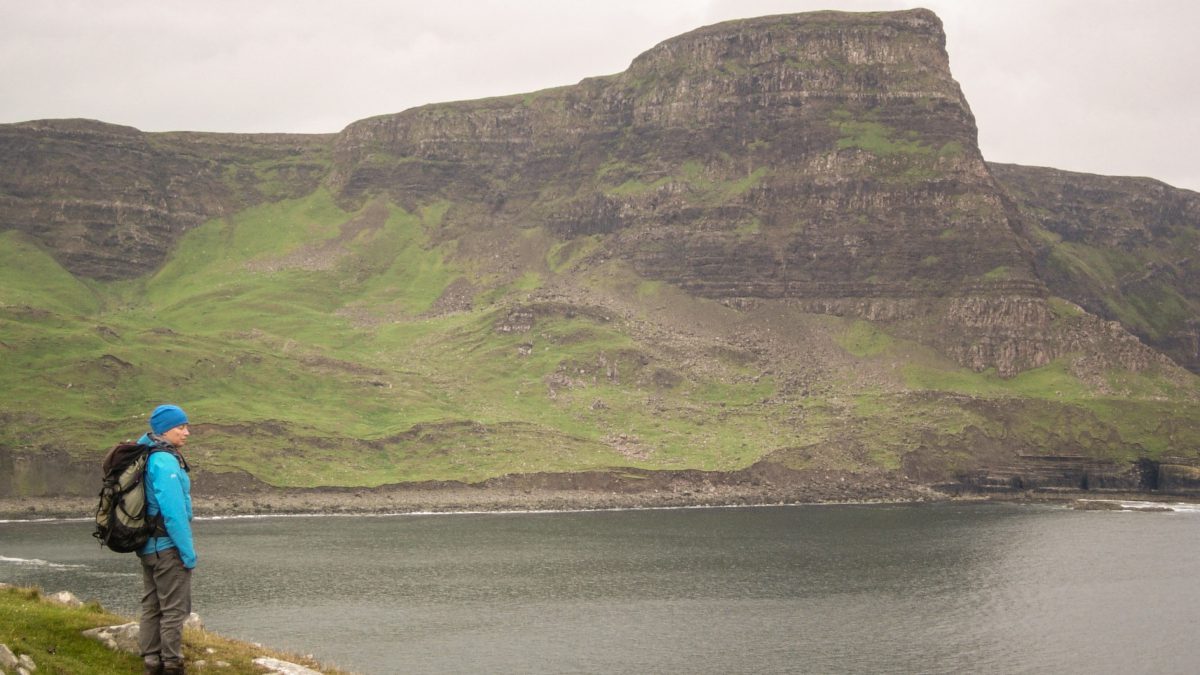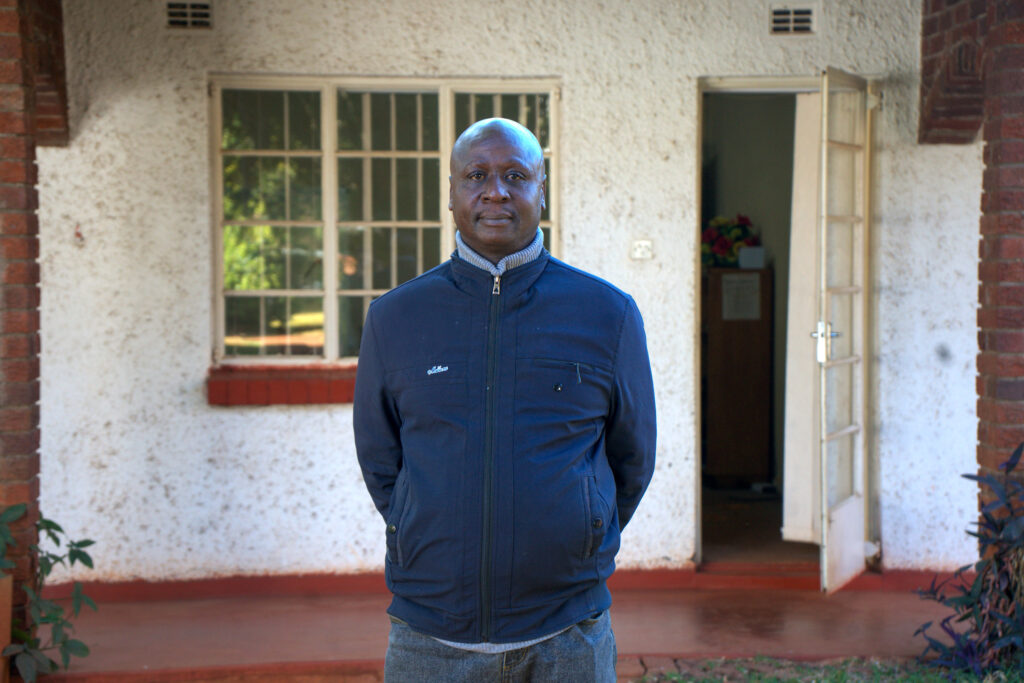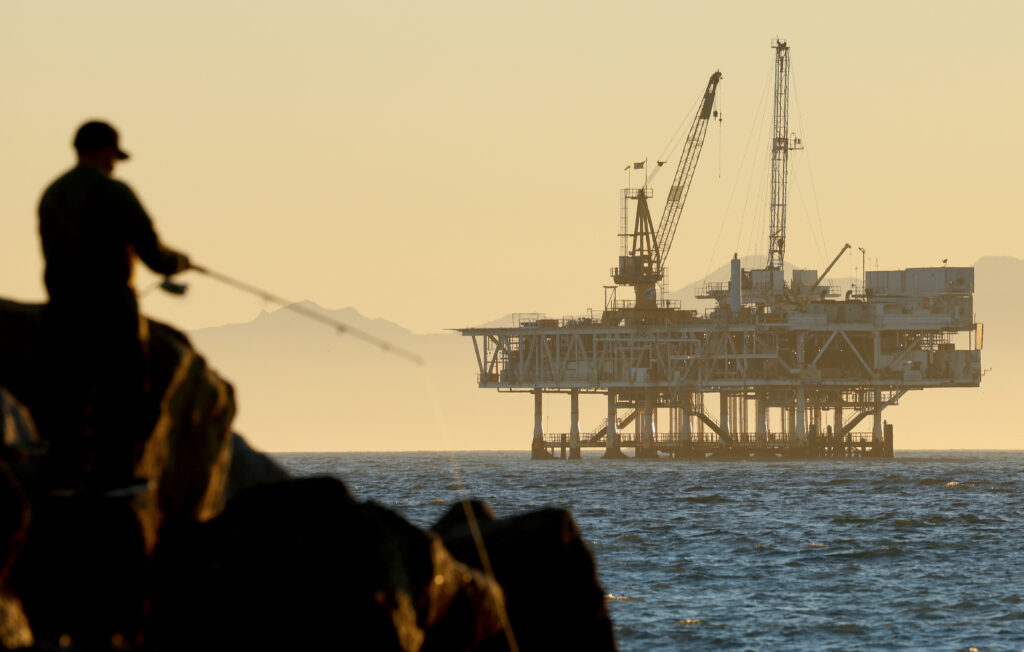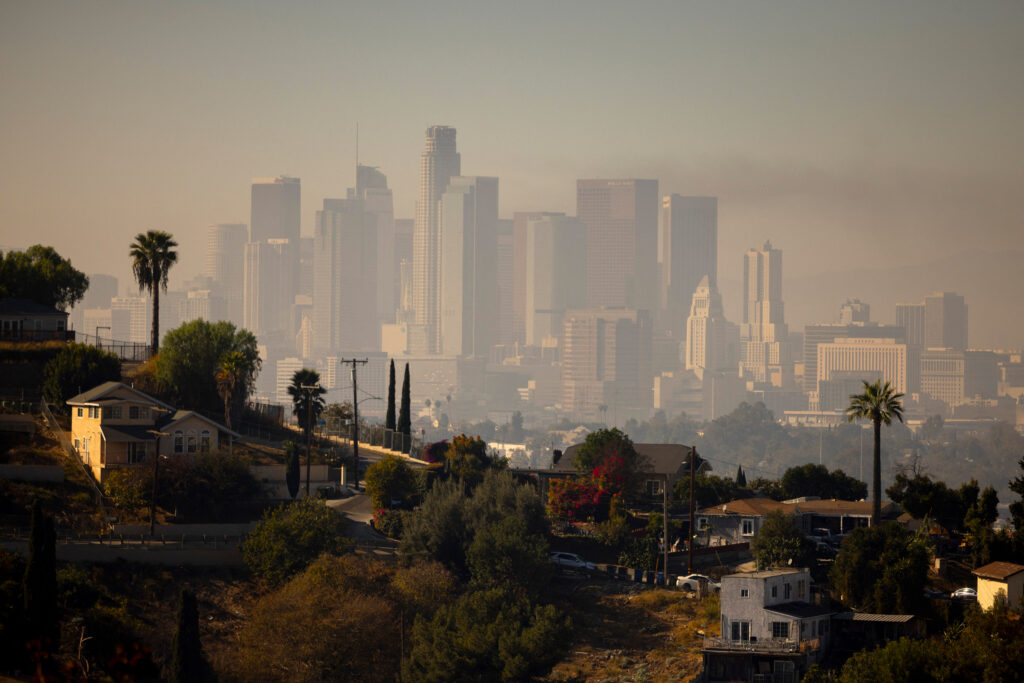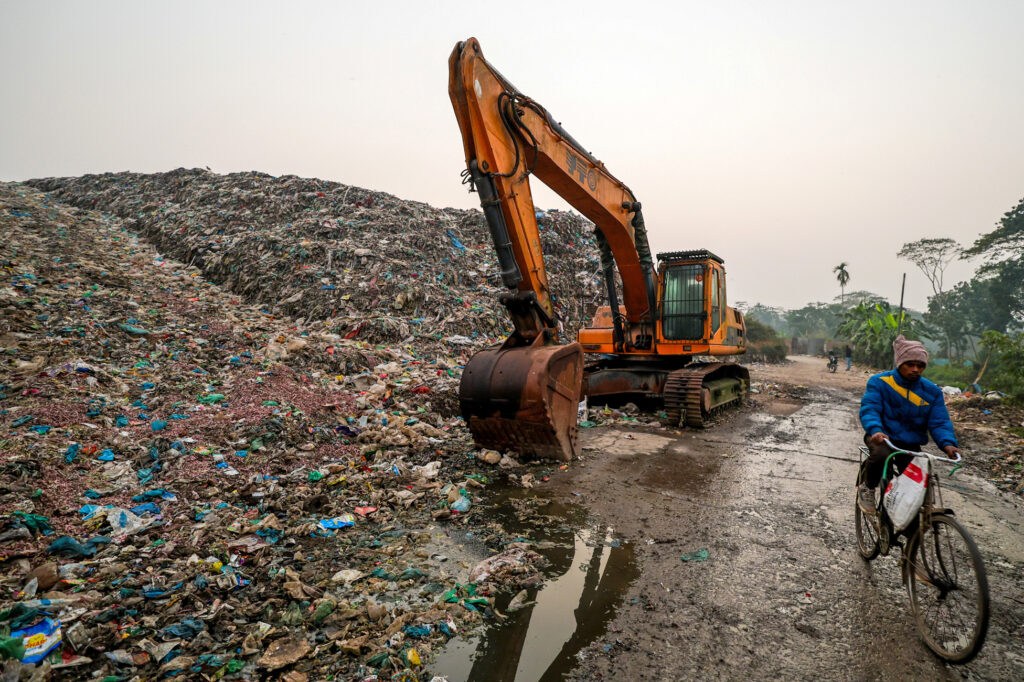Two weeks after a devastating fire in Moss Landing, California, at one of the world’s largest battery energy storage plants, some residents are organizing to try to get answers about medical symptoms they attribute to the fire.
Researchers have found an increase in heavy metals in nearby soils, and state utility regulators have issued a proposed rule aimed at improving safety at battery plants and are in the early stages of determining what caused the fire.
Groups with ties to energy industries are acknowledging the scale of this incident, but also urging the public to not to overreact. They cite data showing that fires at battery facilities are rare and have become less common in recent years, despite growth in the size and number of plants.
The situation is developing on many fronts as officials deal with concerns about pollution at the same time that they try to figure out what the lithium-ion battery fire may mean in the context of California’s—and the country’s—increasing use of energy storage plants.
We’re hiring!
Please take a look at the new openings in our newsroom.
See jobs
Lingering Symptoms Worry Residents
Angie Roeder lives eight miles from the Moss Landing Energy Storage Facility on a five-acre farm with her husband and son, and saw the Jan. 16 fire from her back deck. Smoke filled the sky; soon, she could smell and taste it.
Since the fire, she has had headaches, shortness of breath and a metallic taste in her mouth, and has been in touch with neighbors who have these symptoms along with others such as sore throats and rashes. They started a Facebook page to share their experiences and to urge officials to investigate whether harmful particles from smoke may be affecting people’s health. The group has about 3,100 members.
“We’re trying to encourage everyone to go see a doctor, get it documented and, you know, have the doctor submit the report to the county health department,” she said.

Roader, 50, said she has been sensitive to pollutants following exposure to toxic materials while in the Air Force, but she noted that many people who otherwise are in good health are also describing feeling sick since the fire. (She specified that the symptoms she’s experiencing now are different from the ones related to her service.)
Her larger concern is that officials do appropriate testing to determine what was released into the air and how it has affected people. She has found leaders to be receptive, including Glenn Church, a member of the Monterey County Board of Supervisors whose district includes Moss Landing.
That said, she was frustrated to see an initial report from the U.S. Environmental Protection Agency that said testing for hydrogen fluoride and particulate matter showed no danger to human health.
“They weren’t testing for all the chemicals that were being released from the batteries,” she said. “So that’s why, as a community, we were asking for additional testing, because we all still had symptoms.”
Heavy Metals Found in Soils Near the Fire
Other testing has shown the presence of heavy metals in marsh soils near the plant.
Scientists at San Jose State University’s Moss Landing Marine Laboratories said they found “high concentrations of heavy-metal nanoparticles” that were shallow enough in the soil that they got there recently, which would be in line with the timeline of the fire, according to a news release from the university.
“These findings and the research that follows are crucial not only to the impacted community but to the national and international community because of the need to store more power and thus build more and larger battery storage facilities,” said Ivano Aiello, department chair and professor of geological oceanography, in a statement. “This is a new and fast-growing technology, and we must understand the ecological impacts in the event that accidents like this happen again.”


Soil samples from nearby Elkhorn Slough Reserve showed a substantial increase in concentrations of nickel, manganese and cobalt compared to soil samples from before the fire. These materials are used in lithium-ion batteries, which researchers say is a clear indication that the extremely small particles moved through the air and fell on the soil, which is about two miles from the plant.
The reserve is a quiet 7-mile stretch of wetland marsh with a maze of winding tributaries that connect to Monterey Bay. The area hosts more than 700 species of plants, marine life and animals, including pelicans, sea lions and more than 100 threatened Southern sea otters.
Now researchers want to know how these metals may affect the area, which will be the subject of ongoing monitoring.
“These heavy metals will chemically transform as they move through the environments and potentially through the food web, affecting local aquatic and terrestrial ecosystems,” the university said.
“This is a new and fast-growing technology, and we must understand the ecological impacts in the event that accidents like this happen again.”
— Ivano Aiello, Moss Landing Marine Laboratories
Monterey County’s health office responded to the San Jose State findings by thanking the university and saying that the information would be used along with testing by the California Department of Public Health, the California Environmental Protection Agency and state epidemiologists.
“Our goal is to provide clear, timely, and accurate information while avoiding unnecessary anxiety,” the county office said in a statement.
The county has set up a website that includes information about the fire response and links to air quality testing results. The California Department of Fish and Wildlife is also continuing to track the potential impacts of the fires and heavy metal contamination in the local environment.
“Out of an abundance of caution, CDFW is modifying activities that disturb soil and vegetation,” Katie Talbot, deputy director of public affairs at the California Department of Fish and Wildlife, said in an email. “As additional testing is completed and more information becomes available, we will continue to stay in contact with and heed guidance from local, state and federal public health officials.”
Wildlife Monitoring Will Continue
Scientists from University of California, Santa Cruz and the U.S. Fish and Wildlife Service are keeping an eye on Elkhorn Slough’s otter population in the wake of the fires. So far, they have not identified anything out of the ordinary, local news station KSBW-8 reports.
However, there could be long-term effects from the smoke and toxic metal the fire left behind, which can affect human and animal health alike.
“We have no experience of sea otters with the lithium-ion fire. This is the first time this has happened in the proximity of sea otters. With, you know, with enough smoke that would potentially affect them,” Lilian Carswell, a sea otter researcher with UC Santa Cruz and USFWS, told the television station. “Sea otters groom. They lick their fur. They ingest things from their fur. So it’s conceivable that they might have ingested some particulate matter that might have settled out of the smoke plume.”


The otters of Elkhorn Slough are vital to the ecosystem, largely because they keep invasive plant-eating green crab populations in check by snacking on them. They’re also a huge draw for tourists, providing a boon to the local economy, according to a 2023 study led by the Monterey Bay Aquarium. The researchers found that visitors to the slough—who cite the sea otters as one of their main trip motivations—generate more than $3 million in revenues for local communities each year.
“The economic benefits from such a small area is remarkable, and the role sea otters play in influencing how visitors value their visit demonstrates another benefit—on top of their ecological impact—that sea otters can provide to their local communities,” study co-author Jess Fujii, the Monterey Bay Aquarium’s sea otter program manager, said in a news release.
In the immediate aftermath of the Moss Landing fire, the owners of Kayak Connection, a local company that operates in the Elkhorn Slough, told Lookout Santa Cruz they had to cancel 10 kayak tours and about 40 rentals, and potentially dozens of walk-in rentals, which they said equals out to about $20,000 to $25,000 in lost revenue.
The Elkhorn Slough Foundation, a nonprofit that works with government agencies to help conserve the area, is planning to track if and how the heavy metals move through the ecosystem and affect wildlife.
“As tragic as this incident was, it gives us a chance to look at the longer-term effects of having these kinds of incidents in the battery storage industry,” said Mark Silberstein, the director of the Elkhorn Slough Foundation.
Nearby Local Government Pauses Battery Projects
Political leaders across the region have questioned the decision to put a battery power plant so close to ecologically sensitive areas. In response to the Moss Landing fire, the city council of Morro Bay—about 2 hours south of Moss Landing—voted on Tuesday to pause the city’s ability to push forward new battery plant development permits for the next 45 days, according to The Tribune of San Luis Obispo.
Last week, Assemblymember Dawn Addis, who represents the 30th California Assembly District in Morro Bay, put forth a bill that “would require critical local engagement in the permitting process for battery or energy storage facilities, and create environmental setback requirements for sensitive areas, including schools, hospitals and natural habitats,” according to a statement from Addis’ office.
This story is funded by readers like you.
Our nonprofit newsroom provides award-winning climate coverage free of charge and advertising. We rely on donations from readers like you to keep going. Please donate now to support our work.
Donate Now
Church, the Monterey County supervisor, echoed similar environmental concerns and expressed support for the bill.
“What we have now are rather haphazard regulations on this relatively new industry,” he said in a press conference last week. “I appreciate the aspects inside of [the bill] that will allow local control.”
Utility Regulators, Clean Power Trade Associations Respond
The California Public Utilities Commission has begun an investigation into the fire and issued a proposal to improve safety of battery sites. The plan, which is set for discussion at the commission’s March 13 meeting, revises rules for maintenance and operational standards for facilities that generate electricity.
It “makes explicit that the CPUC requires battery storage facility owners to develop emergency response and emergency action plans” and also makes technical updates to the standards, the commission said.
The rule changes are related to requirements under Senate Bill 1983, an energy policy law Gov. Gavin Newsom signed in 2022.
It’s not clear if the timetable for adopting these rules is related to the Moss Landing fire, or if anything in the rules would require actions by the operators of the plant to do something they weren’t already doing.
When questioned, Vistra Corp., the owner of the 750-megawatt battery plant, referred reporters to a website it has set up to provide information about its crisis response. The company has not commented on what may have caused the fire.
This was the third and most severe fire at the plant, whose first phase went online in 2021. It is unusual to have multiple incidents at the same location, and the plant was already unusual for its large size and its location in a repurposed building from a gas power plant.
Lithium-ion batteries can experience “thermal runaway,” which occurs when the system is damaged or misused and a chemical reaction releases heat and flammable gases.
The American Clean Power Association, a trade group, has said safety issues at battery plants are rare and investigations into previous incidents have not found health risks in the surrounding community.
“Safety is the first and foremost priority of the industry and, after the incident is resolved and there is a thorough investigation, the industry will ensure the lessons learned are applied to prevent future incidents and inform safety standards and best practices,” Phil Sgro, a spokesman for the association, said in a statement.
The group and others in the industry have bristled at a comment by Church, who called the fire “a Three Mile Island event for this industry” in the initial aftermath.
They say it’s wildly out of proportion to compare a fire with no confirmed injuries or deaths to the partial meltdown at the Three Mile Island nuclear plant in 1978, an event that led to much larger evacuations and carried much higher risks because of the potential for release of radioactive material.
A larger problem is that the Three Mile Island incident led to an amplification of concerns about nuclear power that helped to set back development of this carbon-free resource.
If this happens with battery energy storage, and if Moss Landing is used as an example to try to stop development of other projects, it would be a major impediment to the transition away from fossil fuels. Batteries are an essential resource for getting wind and solar to provide a steady supply of electricity to the grid.
Failure Rate of Energy Storage Systems Is Dropping
The Electric Power Research Institute, a nonprofit funded by energy companies and various levels of government, keeps a database that shows how the Moss Landing fire fits into the broader context of global energy storage system failures.
This record shows that fires and other failures have gone down relative to the substantial increase in deployment of systems. The failure rate went down 97 percent from 2018 to 2023, the organization said in a 2024 report.
The highest number of incidents in a single year was 16 in 2018, the first year of the database. There were six incidents in 2024, and the Moss Landing fire was the first of 2025. At the same time, the capacity of global battery storage systems has risen more than 50-fold since 2018.
“What we can say from the database and our understanding of the industry overall is that the kind of risk reduction and improvements in battery safety design and procedures have dropped that failure rate, so these events are much less frequent,“ said Lakshmi Srinivasan, a senior technical leader in the energy storage program at the institute.
This method of tracking failures doesn’t account for factors such as the level of damage, so a massive fire such as the one this month would have the same value as a much less destructive event at a smaller system. The people who maintain the system are working to gather more information to help show some of the other characteristics of each incident, Srinivasan said.
One takeaway from the 2024 report is that system designers and operators have learned from previous problems to make the systems safer in how they’re built and operated, said Stephanie Shaw, a principal technical leader at the institute.
“I think sometimes there may be a misinterpretation that either people aren’t doing anything or aware of [safety] considerations, or nothing’s really changing, but that couldn’t be further from the truth,” she said.
About This Story
Perhaps you noticed: This story, like all the news we publish, is free to read. That’s because Inside Climate News is a 501c3 nonprofit organization. We do not charge a subscription fee, lock our news behind a paywall, or clutter our website with ads. We make our news on climate and the environment freely available to you and anyone who wants it.
That’s not all. We also share our news for free with scores of other media organizations around the country. Many of them can’t afford to do environmental journalism of their own. We’ve built bureaus from coast to coast to report local stories, collaborate with local newsrooms and co-publish articles so that this vital work is shared as widely as possible.
Two of us launched ICN in 2007. Six years later we earned a Pulitzer Prize for National Reporting, and now we run the oldest and largest dedicated climate newsroom in the nation. We tell the story in all its complexity. We hold polluters accountable. We expose environmental injustice. We debunk misinformation. We scrutinize solutions and inspire action.
Donations from readers like you fund every aspect of what we do. If you don’t already, will you support our ongoing work, our reporting on the biggest crisis facing our planet, and help us reach even more readers in more places?
Please take a moment to make a tax-deductible donation. Every one of them makes a difference.
Thank you,








